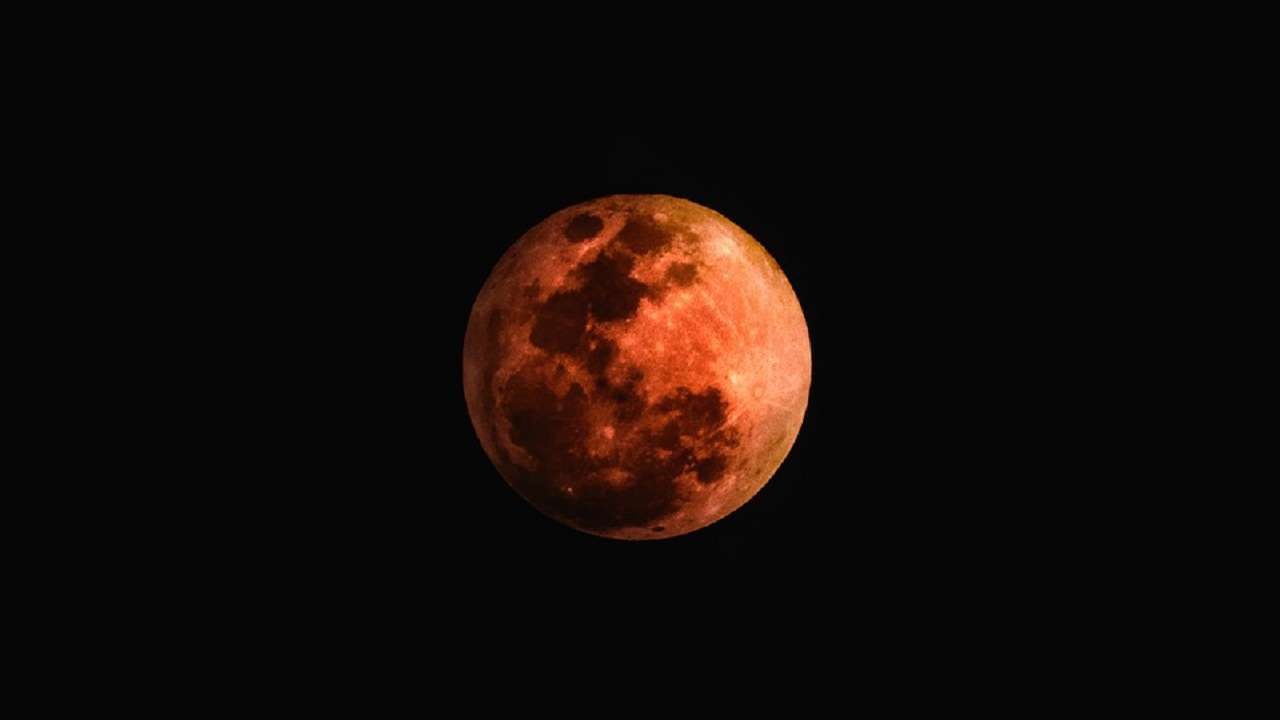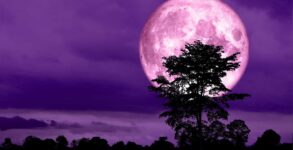Lunar Eclipse July 2020: The term eclipse derives the meaning obscuring the light, so it is considered a bad omen in various religious beliefs around the world. Eclipses usually appear in pairs, either a solar eclipse is followed by a Lunar Eclipse or vice versa.
But what makes the upcoming eclipse special is that this time the eclipse family turns three, because the penumbral eclipse that is predicted to take place on July 5 is the third eclipse that sprouted on June 5.
Traditionally known as Troika, the triplet succession of the eclipse is rare and unique. On 5 June, thee first celestial veiling was observed as a Penumbral Lunar Eclipse then an annular solar eclipse appeared on June 21, and finally completed its last phase as a Penumbral Lunar Eclipse on July 5.
The penumbral eclipse does not look like a complete eclipse. It appears as a pale moon. During the penumbral eclipse, the earth enters between the moon and the sun, and the lunar light seems to be less luminous (does not seem to glow so much).
Technically speaking, the moon enters into the penumbra of the earth gets obstructed by its presence because it only depends upon the sun on for luminescence.
Lunar Eclipse July 2020: Date and time
According to reports, the eclipse on July 5 will be unveiled at 8:37 AM, and according to Greenwich Mean Time, the maximum eclipse will be observed at 9:59 AM.
Lunar Eclipse July 2020: Where can you see the eclipse?
The visibility of the upcoming lunar eclipse in India relies on how much of the moon can still be seen during the day and how long it lasts, which means that for most (if not all) photography, the lunar phenomenon will not be of interest.
The eclipse can be seen in most parts of the African continent, North America, South America, Pacific, Atlantic and Indian ocean.


















